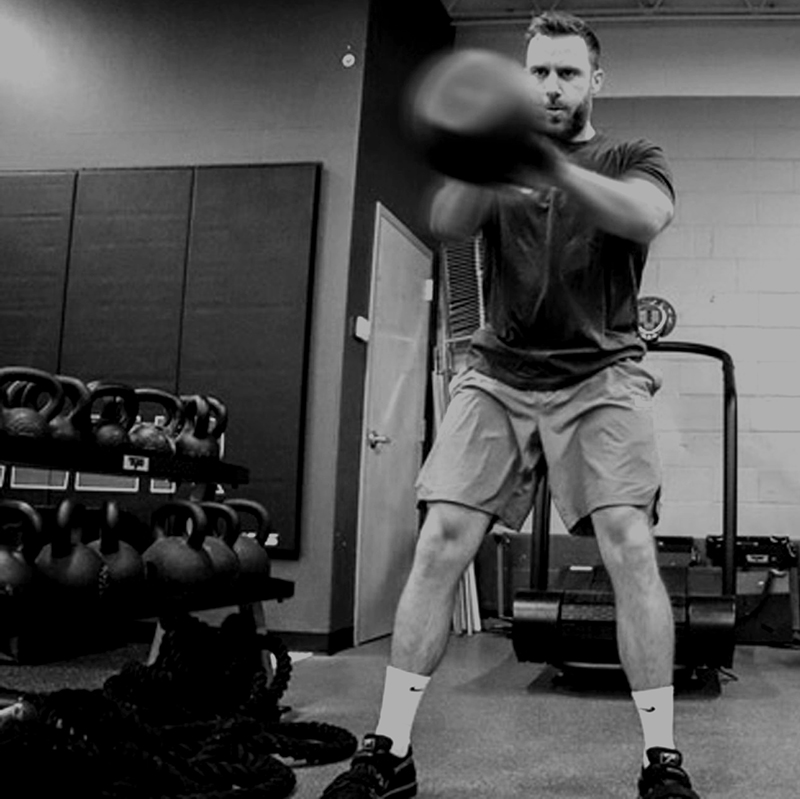
Why Exercise Feels Good
After years of powerlifting training I started to learn that no matter what aches or pains I had, I would ALWAYS feel better when I left the gym. If you talk to guys who are still training hard, runners, or any exercise nut in their 40’s and 50’s they’ll tell you the best they feel all day is when they’re at the gym. For runners, they call it the runner high. These are exemplary of the short term “feel good” benefits of exercise.
What we don’t know as much about is the long term effect of exercise. Researchers recently set out to better understand the long term effect of exercise on pain control, exercise-induced analgesia. I put together a quick review on this article and offer a unique scientific look at why exercising helps with pain. Warning- some of this gets a little sciencey!
If you’ve made your way to my blog you are probably an advocate of exercise, so I’m not going to bore with you all the sweet advantages of being a gym rat. You probably know them already. #gainz.
Instead I’ll jump right into the study published in the July 2015 issue of The Journal of the International Association for the Study of Pain.
Researchers sought to understand the underlying mechanisms behind exercise-induced analgesia (the reduction of pain). They knew that interleukin-10, an anti-inflammatory protein, was increased during exercise. They also knew that interleukin-10 can reduce the sensitivity of receptors that carry pain signals to the brain. They wanted to see the interplay of inflammatory mediating macrophages in this process as well. The purpose of the study was to investigate objective data of how long term exercise can influence our biological ability to deal with pain. In order to better understand chronic pain, nonspecific pain, and medicine as whole, they wanted to prove this phenomenon of exercise-induced analgesia.
This was a biological level study conducted on mice, it cannot be used to draw definitive conclusions about humans… BUT, it gets us going in the right direction and supports what we already understand. It is cellular level research designed to help understand underlying biological mechanisms of exercise-induced pain control. (level of evidence = not enough) There were two groups of mice, an active group and a sedentary group. The active group had a wheel to run on and the sedentary did not. At the end of 8 weeks, the percentage of anti-inflammatory mediating macrophages was found to be 68.5% in the exercise group compared to 45.8% in the sedentary group (1). Almost a 30% increase in cellular components used to regulate pain.
If you had to make a pitch for this concept in an elevator, the headache is the analogy is probably the easiest one for people to quickly understand. Everyone knows you can get a headache from hunger, fatigue, or stress. And now we’re starting to understand you can get a backache from being sedentary. Chronic and nonspecific aches and pains you feel in your body may be the result of cellular level due to not exercising. Sometimes your pain and inactivity is not as straightforward as “this muscle is tight because I haven’t stretched it.” Sometimes, you just gotta get out and move!
Although this study can’t be definitively applied to humans, it serves to defend the argument that non-specific exercise is effective for reducing pain (2). In the context of cellular level changes, it also shows that not every exercise done for pain control needs to have a biomechanical explanation. The most important thing to remember is pain control can be as simple as just exercising (3).
So get out and move!
-Teddy



